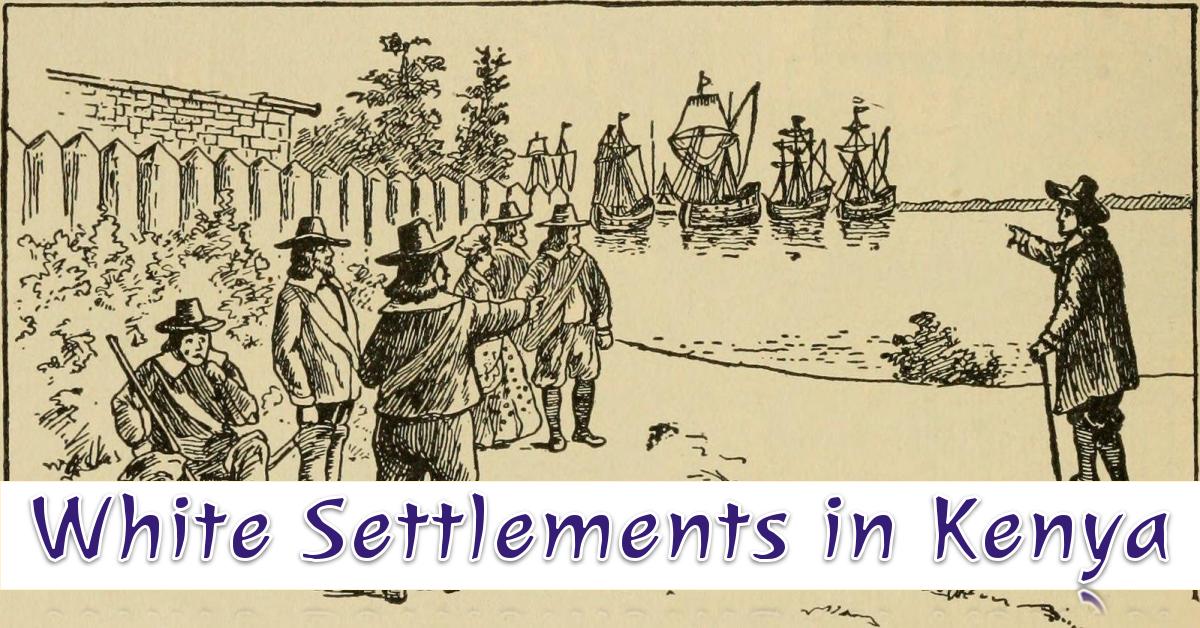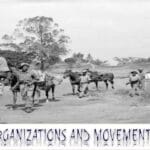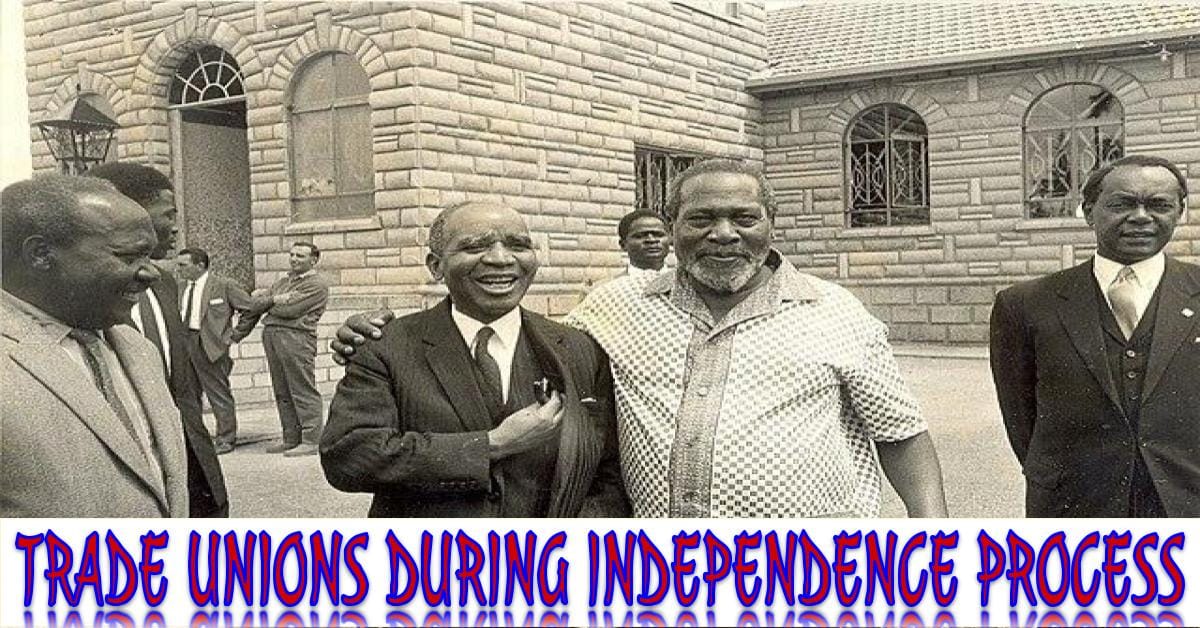📜 The Devonshire White Paper (1923) | Kenya’s Colonial History
🔍 The Devonshire White Paper was a pivotal document in Kenya’s colonial history, issued after negotiations between European settlers and the British Colonial Office in March 1923.
🎯 Background Context
The League of Nations mandate compelled Britain to address African grievances, leading to:
- ✔️ Recall of Governor Edward Northey (1922) who had favored settlers
- ✔️ End of racial segregation (except in White Highlands)
- ✔️ Asian representation in LEGCO (implemented in 1933)
⚖️ Key Trigger
In March 1923, settlers sent a protest delegation to London to meet the Colonial Secretary (Duke of Devonshire), resulting in the White Paper
📌 Factors Leading to the White Paper
📚 League of Nations Influence
The “Dual Mandate” book promoted trusteeship principles prioritizing African welfare over European settlement
⚔️ Racial Conflicts
Growing tensions between Europeans vs. Africans and Europeans vs. Asians (especially over Indian privileges)
🚫 Segregation Ban
Partial lifting of racial segregation angered settlers who wanted complete segregation
👥 African Resentment
Protests against land alienation, forced labor, kipande system, taxation, and lack of political representation
📜 Key Terms of the White Paper
- ✅ White Highlands reserved exclusively for Europeans
- ✅ 5 LEGCO seats for Asians (communal roll)
- ✅ Ended racial segregation in residential areas
- ✅ Lifted restrictions on Indian immigration
- ✅ Missionary representative for Africans
- ✅ Rejected settler self-government
- ✅ African interests declared paramount
- ✅ Colonial Secretary retained control
💥 Reactions & Implications
👨🏼 European Settlers
- Rejected Indian calls for equality
- Believed European culture was superior
- Felt White Highlands were legally theirs
👳🏽 Asian Community
- Demanded true racial equality
- Opposed residential segregation
- Wanted common roll elections
- Later joined African trade unions
👨🏿 African Population
- Gained missionary representation
- Had interests declared “paramount”
- Land grievances remained unresolved
📌 Historical Outcomes
- Prevented settler self-rule – Kenya avoided becoming like Rhodesia/South Africa
- Continued settler economic dominance despite weakened political power
- Asian representation delayed until 1933 due to boycotts
- First African representation (through missionary John Arthur)
- Recognized Kenya as African territory with paramount African interests
- Failed to resolve land/labor issues, fueling future political activism
🔑 Key Significance
The Devonshire White Paper formally established the principle of African paramountcy in Kenya while attempting (but failing) to balance competing racial interests under colonial rule.
UNLOCKED SELF-ASSESSMENT TEST ON TOPIC
Oops! Unlock More Access Rights:
If you find that you are not subscribed, consider upgrading your account or subscribing to the necessary plan to gain access.
Related Tutorials
- Key South African Nationalists and the Liberation StruggleSouth African Nationalists Key South African Nationalists and the Liberation Struggle Prominent Nationalist Leaders Nelson…
- Key South African Nationalists🧭 Table of Contents Key South African Nationalists 1. Key Figures of South African Nationalism Nelson…
- Nationalism in South Africa: Self Assessment TestUpgrade or Subscribe Oops! Unlock More Access Rights: If you find that you are not…
- Nationalism in South Africa🌍 Nationalism in South Africa The development of nationalism in South Africa was uniquely complex…
- Mozambique Nationalism: Self-Assessment TestMozambique Nationalism Quiz Mozambique Nationalism Quiz 🇲🇿 Test your knowledge about Mozambique’s journey to independence….
- Nationalism in Mozambique: The Long Road to Independence🇲🇿 Nationalism in Mozambique: The Long Road to Independence Mozambique was among the last African…
- Unlock Self-Assessment Test: EMERGENCE AND GROWTH OF NATIONALISM IN AFRICAUpgrade or Subscribe Oops! Unlock More Access Rights: If you find that you are not…
- EMERGENCE AND GROWTH OF NATIONALISM IN AFRICA🌍 EMERGENCE AND GROWTH OF NATIONALISM IN AFRICA Key Factors for the Rise of Nationalism…
- Self-Assessment Test: Constitutional Changes in Kenya Leading to IndependenceKenya Constitutional Changes Self-Assessment Kenya Constitutional Changes Self-Assessment Test your knowledge about Kenya’s journey to…
- Constitutional Changes in Kenya Leading to Independence📜 Constitutional Changes Leading to Kenyan Independence 🇰🇪 The Journey to African Representation in the…
- Women in Kenya’s Independence Struggle👩💼 Women in Kenya’s Independence Struggle A Comprehensive Tutorial on Female Heroes of Freedom 🌟…
- Kenya Federation of Labour🇰🇪 Kenya Federation of Labour 🏛️ History, Achievements, and Role in Kenya’s Independence Struggle 📜…
- The Trade-Union Movement in Kenya🇰🇪 The Trade-Union Movement in Kenya 📜 A journey through the history of workers’ rights…
- Kenya African Democratic Union (KADU)🇰🇪 Kenya African Democratic Union (KADU) 🇰🇪 Safeguarding Minority Interests in Kenya’s Independence Struggle 1960-1964…
- African People’s Party (APP)🏛️ African People’s Party (APP) 📚 Kenya’s Political History Tutorial 1 📖 Introduction & Overview…










